- Following Ford and GM, Rivian will offer adapters for Tesla's NACS charger beginning spring 2024.
- By 2025, NACS ports will be standard on all Rivian models.
- Hyundai is also weighing joining the growing list of brands adopting NACS.
Rivian Will Adopt Tesla's NACS Charger, Following Ford, GM
Rivian owners will soon gain access to the largest charging network in the U.S.
A trickle is becoming a stream. Just a few weeks ago, Ford announced a partnership with Tesla that will ultimately result in the adoption of Tesla's proprietary North American Charging Standard plug in future Ford electric vehicles. General Motors followed suit soon after, and now it's upstart Rivian's turn to adopt Tesla's charger. With the recent flood of brands moving toward it, NACS may actually live up to its name.
Those familiar with the terms of the GM and Ford deals will also recognize much of those points laid out in Rivian’s agreement with Tesla. In spring 2024, an adapter will be available to allow Rivian R1T and R1S models to use Tesla's Supercharger network. This is the same time at which Ford and GM’s adapters are said to be available. Beginning in 2025, Rivian will replace the CCS chargers with NACS ports on the R1T and R1S, as well as models riding on the automaker's upcoming R2 platform.
Rivian provides clear reasoning for its decision to partner with Tesla. “Transportation is responsible for over a quarter of U.S. greenhouse gas emissions, highlighting the urgent need to electrify the sector [...] by enabling drivers to charge their vehicles at a greater number of locations, this collaboration and others like it are important to help accelerate EV adoption.” Rivian also maintains and is expanding its own network of charging stations. Currently, only Rivian vehicles can charge at Rivian Adventure Network DC fast-charging stations, but Rivian CEO RJ Scaringe has said that the network will soon open to other EVs.
But it’s not just Rivian we ought to be discussing here. Hyundai may have something to say on the NACS v. CCS debate soon, and its decision will further tip the scales one way or the other. An Automotive News report indicates the automaker is weighing the pros and cons of moving to Tesla, Ford, Rivian and GM’s side of the fence. However, Hyundai President Jaehoon Chang sees some potential problems, he said at Hyundai's investor day.
One major consideration is that Hyundai's dedicated electric vehicles are built with an 800-volt architecture, which allows for far faster charging speeds than Tesla's Supercharging stations are able to deliver. The fastest Supercharger stations — dubbed "V3" by the automaker — can offload electricity at a rate of 250 kW. The Hyundai Ioniq 5 and Ioniq 6 can charge at rates of 350 kW, allowing the battery to charge from 10% to 80% capacity in just 18 minutes. Nonetheless, Chang clearly sees the writing on the wall. He says Hyundai will consult with Musk & Co. to see whether some adjustments can be made to allow for the faster charging.
Whether or not Hyundai decides to migrate to NACS, there will be a staggering number of vehicles working on Tesla’s Supercharger network come this time next year. Tesla’s charging network has earned a reputation for being extremely reliable and accessible. We'll see how the reputation holds with loads of other vehicles on the network early next year.
Am I Ready for an EV?
- EV ownership works best if you can charge at home (240V outlet)
- Adding a home charging system is estimated to cost $1,616 in
- Edmunds is partnering with Treehouse, an independent provider of home EV installation services. Learn more about the installation services partnership
Edmunds says
Rivian owners will soon be able to tap into the single largest charging network in the U.S., which is enormously convenient for R1T and R1S owners. However, thousands of more vehicles accessing the Supercharger network highlights that this could be a make-or-break moment for Tesla.
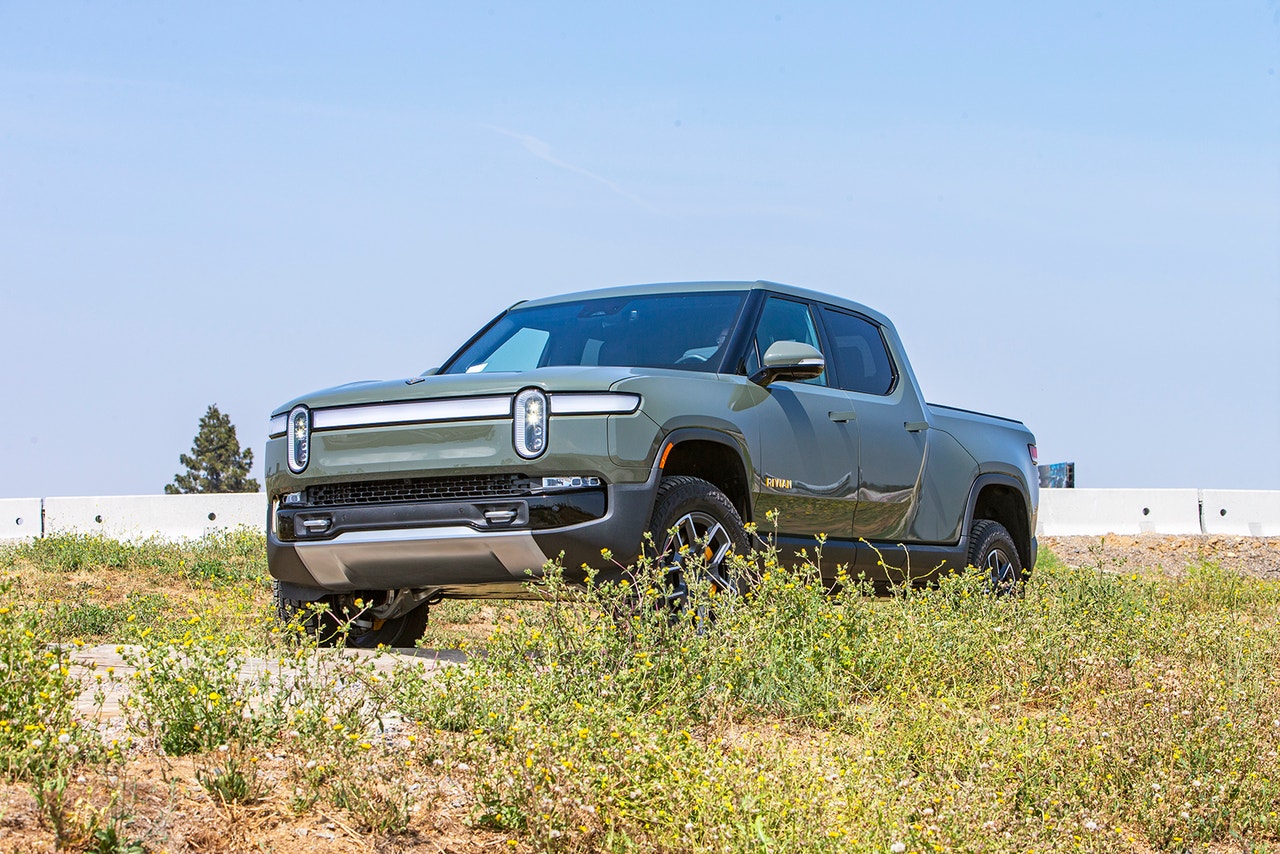
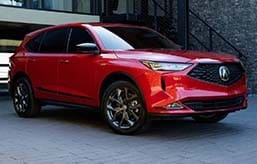
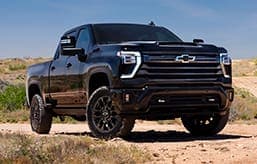
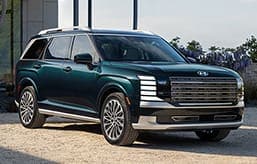
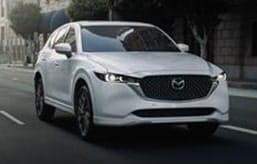
 by
by